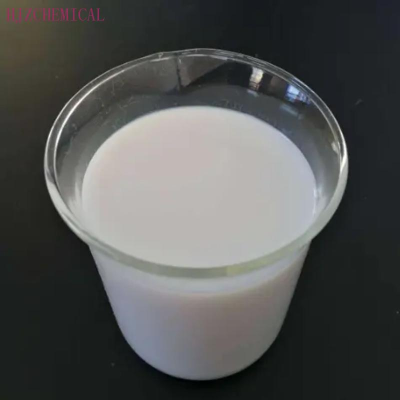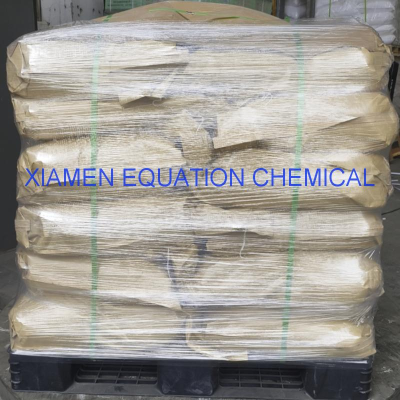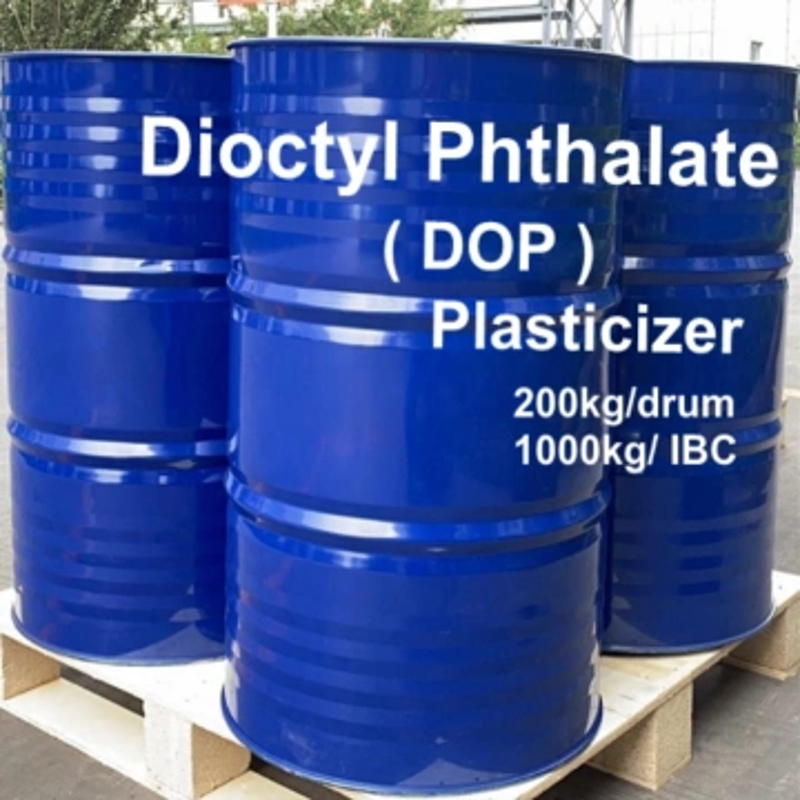-
Categories
-
Pharmaceutical Intermediates
-
Active Pharmaceutical Ingredients
-
Food Additives
- Industrial Coatings
- Agrochemicals
- Dyes and Pigments
- Surfactant
- Flavors and Fragrances
- Chemical Reagents
- Catalyst and Auxiliary
- Natural Products
- Inorganic Chemistry
-
Organic Chemistry
-
Biochemical Engineering
- Analytical Chemistry
-
Cosmetic Ingredient
- Water Treatment Chemical
-
Pharmaceutical Intermediates
Promotion
ECHEMI Mall
Wholesale
Weekly Price
Exhibition
News
-
Trade Service
With the gradual implementation of the global and Chinese plastic restrictions and even plastic ban policies, the degradable plastics market is expected to open up, with more than ten times the space, and it is expected to reach the market of tens of millions of tons
.
The plastic restriction policy is accelerated
The plastic restriction policy is acceleratedIn recent years, developed countries and regions such as Europe, the United States, and Japan have successively formulated and promulgated relevant regulations to restrict the use of non-degradable plastics through measures such as partial bans, restrictions, compulsory collection and collection of pollution taxes, and vigorously develop new fully biodegradable materials.
, in order to protect the environment and protect the soil
.
Rapid growth in production capacity, large space for polylactic acid replacement
Rapid growth in production capacity, large space for polylactic acid replacementAccording to new data released by the European Bioplastics Association in September 2019, as of September 2019, the global annual production capacity of bioplastics was 2.
114 million tons, of which biodegradable plastics (including PBAT, PBS, PLA, PHA, starch-based degradable plastics and Other biodegradable plastics) accounted for 55.
5%, or 1.
174 million tons
.
Considering that from the second half of 2019 to the beginning of 2020, many new countries in the world have promulgated plastic restriction policies, including China.
China's plastic production accounts for about 20% of the world's plastic production, and its consumption accounts for about 15% of the world's total.
Its biodegradable plastic demand market will drive the global market to accelerate growth
.
In the past two years, the types of biodegradable plastics with rapid growth in production capacity are PBAT, PLA and starch-based plastics
.
According to the data released by the European Bioplastics Association in September 2020, as of September 2019, the global bioplastics production capacity was 1.
174 million tons, and the production capacity distribution of various types of biodegradable plastics is as follows:
Strong demand is mainly for daily food packaging
Strong demand is mainly for daily food packagingAccording to the research report released by IHS Markit in 2018, the global demand for biodegradable plastics in 2012 was 269,000 tons, and the global demand for biodegradable plastics in 2018 was 360,000 tons, corresponding to a market size of 1.
1 billion US dollars, with a compound annual growth rate.
is 5%
.
According to the expansion of biodegradable production capacity of major global manufacturers and the introduction of plastic restriction policies in major countries in 2019, the growth in global demand for biodegradable plastics has exceeded IHS forecasts in 2019
.
According to a survey by the United Nations Environment Programme (UNEP), at least 67 countries and regions around the world have imposed restrictions on single-use plastic products
.
The food packaging, tableware and bags market is a major growth driver for degradable plastics and is expected to witness double-digit growth in the next few years, benefiting from local restrictions on plastic shopping and the production of handbags
.
Composting bags are the second-largest end-use application for degradable polymers, and this segment will continue to experience strong growth as composting systems expand
.
The foam packaging market has a large share of the biodegradable polymers market in Western Europe and North America, but has a smaller share in other regions
.
Biodegradable polymers are also used in agriculture and horticulture (cover films), paper coatings, textiles, nonwovens, absorbable medical devices (implants, sutures), downhole tools for oil and gas field operations, and 3D printing filament,
etc.







